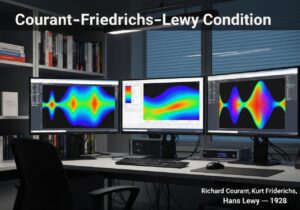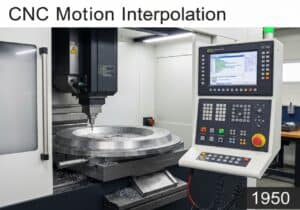One-way ANOVA is used to determine whether there are any statistically significant differences between the means of three or more independent groups. It analyzes the effect of a single categorical independent variable, known as a factor, on a continuous dependent variable. The null hypothesis states that all group means are equal, [latex]H_0: \mu_1 = \mu_2 = \dots = \mu_k[/latex].
One-Way Analysis of Variance (ANOVA)
- Ronald A. Fisher

One-way ANOVA is the simplest form of this statistical technique. It extends the two-sample t-test to situations with more than two groups, avoiding the problem of inflated Type I error that arises from performing multiple pairwise t-tests. The ‘one-way’ or ‘one-factor’ designation indicates that the groups are defined by a single categorical variable. For example, in a study comparing the effectiveness of three different diets, ‘diet type’ is the single factor. The underlying statistical model for an observation [latex]y_{ij}[/latex] (the i-th observation in the j-th group) is [latex]y_{ij} = \mu + \tau_j + \epsilon_{ij}[/latex], where [latex]\mu[/latex] is the overall grand mean, [latex]\tau_j[/latex] is the effect of being in group j, and [latex]\epsilon_{ij}[/latex] is the random error term. The analysis proceeds by calculating the F-statistic. If the F-test yields a significant result (i.e., the p-value is below a chosen significance level), it indicates that at least one group mean is different from the others. However, ANOVA does not specify which groups are different. To identify the specific differences, post-hoc tests like Tukey’s HSD or Bonferroni correction are required.
Tipo
Interruzione
Utilizzo
Precursori
- Student’s t-test for two independent samples
- Concept of experimental control and randomization
- Metodo of least squares
Applicazioni
- agriculture: comparing the yield of a crop under several different fertilizer treatments
- medicine: evaluating the impact of various drug dosages on patient recovery time
- education: comparing the effectiveness of different teaching methods on student test scores
- marketing: testing if different packaging designs lead to different sales figures
- produzione: assessing if different production lines result in products with the same average quality metric
Brevetti:
Potenziali idee innovative
Livelli! Iscrizione richiesta
Per accedere a questo contenuto devi essere un membro di !Professionals (100% free)!
DISPONIBILE PER NUOVE SFIDE
Ingegnere meccanico, responsabile di progetto, ingegneria di processo o ricerca e sviluppo
Disponibile per una nuova sfida con breve preavviso.
Contattami su LinkedIn
Integrazione di componenti elettronici in plastica e metallo, progettazione in base ai costi, GMP, ergonomia, dispositivi e materiali di consumo di medio-alto volume, produzione snella, settori regolamentati, CE e FDA, CAD, Solidworks, Lean Sigma Black Belt, ISO 13485 in ambito medico
Stiamo cercando un nuovo sponsor
La tua azienda o istituzione si occupa di tecnica, scienza o ricerca?
> inviaci un messaggio <
Ricevi tutti i nuovi articoli
Gratuito, no spam, email non distribuita né rivenduta
oppure puoi ottenere la tua iscrizione completa -gratuitamente- per accedere a tutti i contenuti riservati >Qui<
Contesto storico
One-Way Analysis of Variance (ANOVA)
(se la data non è nota o non è rilevante, ad esempio "meccanica dei fluidi", viene fornita una stima approssimativa della sua notevole comparsa)
Principi di invenzione, innovazione e tecnica correlati


























